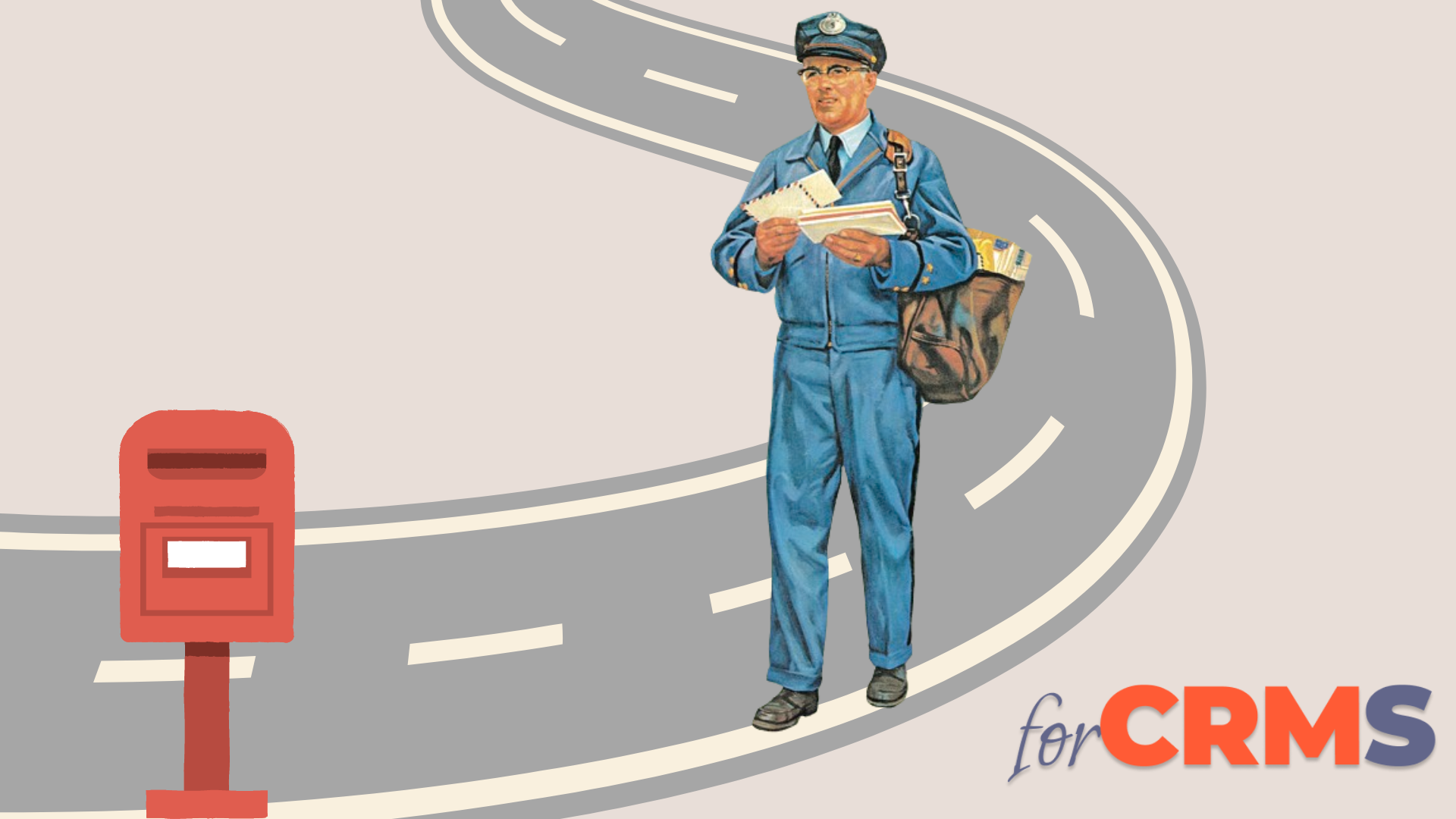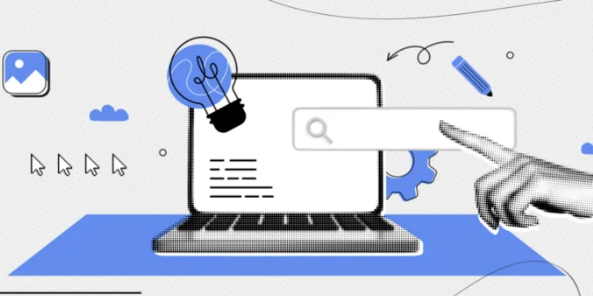
Stuart Balcombe is a growth strategist and the founder of ConnectedGTM, specializing in optimizing business processes and enhancing efficiency with HubSpot. In this article, we will explore his insights on using the CloneNer, app providing users with valuable guidance on automating processes and managing renewals in HubSpot effectively. Stuart has shared his expertise in a comprehensive guide that opens up new opportunities for CloneNer users. See the full guide available on his official website.
So, according to Stuart Balcombe, customer renewals are the cornerstone of any recurring revenue business model. They are not just a routine task; renewals represent the lifeblood of sustained business growth and profitability. However, this critical aspect is often treated as a mundane process, one that businesses hope to make as uneventful as possible.
The renewal process in HubSpot is designed to ensure a smooth transition for clients as they move from their initial contract to ongoing service. The ideal scenario for companies is to turn renewals into a seamless part of their operations, minimizing disruptions while maximizing efficiency. When executed effectively, renewals should feel like a natural continuation of the customer journey rather than a climactic event. And this is where the CloneNer app comes into play, revolutionizing how renewals are managed.
In the next sections of his article, Stuart highlights the essential features of the CloneNer app that warrant close attention and describes how to simplify the renewal management process in HubSpot via the CloneNer app.

Expert-Recommended Features of the CloneNer App
Below are the features of the CloneNer app that Stuart has highlighted, which can significantly enhance your workflow and efficiency when managing HubSpot deals:
👉 Native HubSpot extension: CloneNer is designed as a native extension of HubSpot, making it easy to integrate into existing workflows for tasks like renewal management.
👉 Manual cloning from CRM card: Users can clone HubSpot objects directly from the CRM card on each record. This feature is conveniently located in the right sidebar, allowing for straightforward duplication of properties and associations.
👉 Automated record cloning with auto-rules: CloneNer offers auto-rules that allow users to define specific criteria for when records should be duplicated. This provides an efficient alternative to HubSpot workflows, especially for recurring tasks.

👉 Dynamic property value updates: When cloning records, users can update certain property values, such as the renewal year or client name. Auto-rules facilitate the use of personalization tokens to set these new values dynamically.

👉 Selective association preservation: Users can choose which associations to maintain when duplicating records, ensuring that important connections are preserved across HubSpot objects.

These features highlight how CloneNer simplifies the renewal process and enhances efficiency for HubSpot users, addressing the limitations found in standard HubSpot workflows.
Step-by-Step: Building Your Renewal Pipeline in HubSpot
Note: Here’s a concise summary of Stuart Balcombe's guide. You can access the complete guide by following this link.
📌 Track renewal dates on company records
- When a deal is marked as closed won, update the company record with the next renewal date using a custom property.
- Create a custom property labeled "Next Renewal Date."
- Use HubSpot's date picker to display the renewal date relative to today.
📌 Establish visibility for upcoming renewals
To effectively manage renewals in HubSpot, start by creating a list of accounts with upcoming renewal dates. This can be achieved through a custom company property that can be updated manually, automatically via workflows, or synced with billing integrations like Stripe or product analytics tools like June.
Once you've determined the method for identifying renewal dates, you can generate account lists in HubSpot. These lists will not only indicate which accounts are nearing renewal but also provide key insights into product usage for account owners.
✔️ Method #1: HubSpot active lists
- Create an active list of accounts.
- Filter for accounts where “Next Renewal Date” is less than 90 days from today.
- Customize columns based on your preferences.
✔️ Method #2: HubSpot companies saved view
- Go to the Companies list page and click “Add View.”
- Name it “Renewals Next 90 Days.”
- Use advanced filters to set “Next Renewal Date” to less than 90 days.
- Save your view and adjust columns as needed.

✔️ Method #3: HubSpot customer success workspace
- If you have a Service Hub subscription, use the Customer Success workspace.
- Set the property for your customers’ renewal date during setup.
- The workspace will show accounts renewing in the next 90 days by default.
- You can create a private view for customized columns.
By implementing these methods, you'll gain visibility into upcoming renewals and can establish a proactive renewal process to support your accounts.
📌 Set up & automate a custom renewal pipeline
Using separate pipelines for each stage of the customer journey, such as sales and onboarding, is crucial for effective reporting and clarity on customer ownership. Mixing stages can complicate processes and hinder repeatability.
To optimize your renewal pipeline, align it with key customer lifecycle milestones by organizing it into quarterly stages:
- Automated Stages: 6-12 months, 3-6 months, 1-3 months.
- Manual Stages: 1 month, Renewed (closed), Churned (closed).

🧐 Pro Tip: Automate pipeline movements with workflows based on close dates to keep everything on track without manual updates.
📌 Create a workflow to automate pipeline progress
To streamline pipeline progress, follow these steps, which include current methods and an upcoming HubSpot feature for easier automation:
-
Create a days to renewal calculated property:
-
- Current method: Use the “Time Between” property type to compare a custom "Today’s date" property with the renewal date.
- Upcoming feature: Use the “Time until” property type without a separate date property, allowing for workflow integration soon.
-
Set up a deal-based workflow:
- Trigger: When the property value changes for “Days to Renewal” and the new value is known.
- Pipeline: Renewal Pipeline.
-
Branch the workflow by “days to renewal”:
- 6-12 Months: Renewal Date > 182 days from now
- 3-6 Months: Renewal Date between 90 and 183 days from now
- 1-3 Months: Renewal Date between 30 and 91 days from now
- 1 Month: Renewal Date < 31 days from now
-
Match pipeline stages to each workflow branch.
🧐 Pro Tip: For more details on current workflow options, refer to the Arrows playbook template.
📌 Automatically create subsequent renewal deals
Stuart Balcombe kindly recommends to streamline the process of creating subsequent renewal deals in HubSpot with the CloneNer app instead of building multiple complex workflows. Here’s a quick overview of how the expert advices to do it:
-
Set up a dedicated renewal pipeline using HubSpot deals.
-
Automate renewal deal creation:
- Create a calculated property for “Next Renewal Year” with the formula:
year([properties.renewal_date]) + 1.
- Create a calculated property for “Next Renewal Year” with the formula:
-
Create the first renewal deal:
- When a new sales deal closes, use the naming format:
{company name} - Renewal {year}.
- When a new sales deal closes, use the naming format:
Option 1: Manual process
- Open the record page for the newly closed renewal deal, locate the CloneNer CRM card, and click “Duplicate Deal” to transfer all relevant context and associations seamlessly.
- Update the deal details:
- Deal Name:
{company name} - Renewal {next renewal year} - Deal Amount: Copied from the current deal
- Renewal Year: Set to the next year
- Modify any additional necessary properties.
- Deal Name:
Option 2: Automated process
- From the CloneNer CRM card or settings page, select “Auto Rules.”
- Create an auto rule named “Create Subsequent Renewal Deals”:
- IF a deal from the “Renewal Pipeline” enters the “Renewed” stage,
- THEN create a new deal in the “Renewal Pipeline” for the 6-12 months stage.
- Use the
syntax for dynamic property values in deal details:- Deal Name:
- Renewal
- Deal Name:
- Select deal associations to duplicate, ensuring key entities like Contacts, Companies, and Line Items are included.
📌 Automate renewal reminders & tasks
To enhance the customer lifecycle process, automating renewal reminders and tasks in HubSpot can save time and ensure a consistent experience for customers.
-
Create a company-based workflow
- Trigger criteria: List membership changes, specifically when added to the "Upcoming Renewals (Next 90 Days)" list.
-
Send a slack notification
- Notify the existing company owners with a message: “Renewal for {Company Name} is coming up 90 days from now on {Next Renewal Date}.” Include properties like Health Status, CSM Sentiment, Plan, ARR, Usage Trend, and Active Seats.
-
Send an automated email
- Email all contacts labeled as “Billing Contact” using an Upcoming Renewal Notification template, detailing the billing schedule.
-
Create an internal task
- Assign a task to the company owner named "Review account data for upcoming renewal."
This workflow serves as a foundational step, with more advanced renewal playbooks and automations to be discussed in future editions.
📌 Customize company record layout for renewals
Optimizing access to renewal data in HubSpot enhances customer support effectiveness. Here are the key areas to customize in the company record for the renewal phase:

-
Center panel
- Recommended enablement: Displays immediate insights into recommended actions.
- Active deals card: Shows open deals, including renewals and upsell opportunities. Filter to display only open deals.
- Upcoming activities card: Lists all future tasks and meetings.
-
Left sidebar
- Account overview: Include Company Owner, CSM Sentiment, and Next Renewal Date.
- Product usage data: Show Total Seats, Active Seats, and Usage Trends.
-
Right sidebar
- Display Health Score, Contacts, and ongoing Deals or Tickets. Include relevant App CRM Cards like CloneNer.
Customizing these areas allows for proactive support during the renewal process and strengthens customer relationships.
At the conclusion of the article, Stuart suggests that readers test new products using their own workflows and data. He encourages exploring CloneNer in the HubSpot Marketplace and reaching out to the CloneNer team for any further inquiries.
*** Access the full content of Stuart Balcombe's article, "How to Automate Your Renewal Pipeline in HubSpot," by clicking here.






.png)

.png)